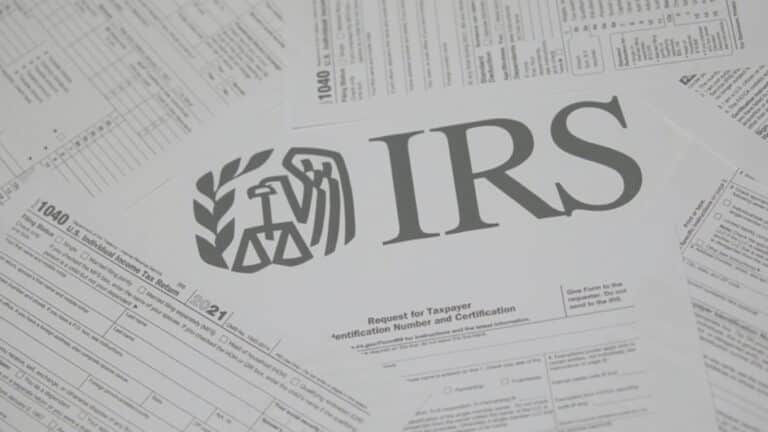

Understanding IRS Refunds: When and How Taxpayers Can Expect Refunds

Every year, millions of American taxpayers file their tax returns hoping to receive a refund. IRS refunds can vary significantly from person to person, depending on numerous factors. This article provides a clear overview of how the IRS determines who receives refunds and under what circumstances, helping taxpayers better understand the process and how they could maximize their refund.
What Determines a Refund?
A tax refund occurs when the taxes a taxpayer has paid during the year, through withholdings or estimated payments, exceed the total amount of taxes owed. This can happen for several reasons:
1. Excessive Withholdings
Tax withholding from your paycheck may have been too high compared to your actual tax liability. This often occurs when taxpayers do not properly adjust their W-4 forms.
2. Credits and Deductions
Applying eligible tax credits, such as the Earned Income Tax Credit (EITC), Child Tax Credit, or itemized deductions that reduce the tax liability to a level lower than what was already paid.
3. Changes in Personal or Financial Situation
Changes such as marriage, the birth of a child, or a change in employment can affect the tax liability and, therefore, the potential refund.
How and When Are Refunds Issued?
Refund Process
After you file your tax return, the IRS must first accept and process your return. The time it takes to receive a refund depends on how you filed your return (electronically vs. paper) and whether you chose to receive your refund via direct deposit or by mail check. Electronic filings are generally processed more quickly, with refunds issued within three weeks, while paper filings can take up to six weeks.
Status Verification
Taxpayers can check the status of their refund using the “Where’s My Refund?” tool on the IRS website or the IRS2Go mobile app. This tool provides real-time updates on the processing status of the return and the estimated refund issuance date.
Special Situations
Delayed Refunds
In some cases, refunds may be delayed. This can occur due to errors on the return, incomplete filings, or if the IRS requires additional review of the return. Additionally, certain tax credits, such as the EITC or the Additional Child Tax Credit (ACTC), may cause delays due to regulations requiring the IRS not to issue refunds before mid-February.
Recommendations for Efficient Refunds
Adjust your W-4 form to ensure accurate withholdings.
Consider professional assistance to optimize deductions and tax credits.
File electronically and opt for direct deposit to receive your refund more quickly.
Executive Summary
1. Refund Factors: Excessive withholdings, applicable credits/deductions, and personal/financial changes.
2. Process and Timing: Refunds are processed faster with electronic filing and direct deposit.
3. Verification Tools: “Where’s My Refund?” provides real-time updates on refund status.
4. Possible Delays: Errors on the return or specific credits like EITC/ACTC may delay refunds.
5. Refund Optimization: Adjusting withholdings and leveraging professional advice can maximize refunds.
Tax refunds are an important part of personal finances for many taxpayers. Understanding how they work can help ensure they are handled efficiently and taxpayers can plan their financial year more accurately. At Regio Management, we are here to help you navigate your tax season with expert advice and professional management.
